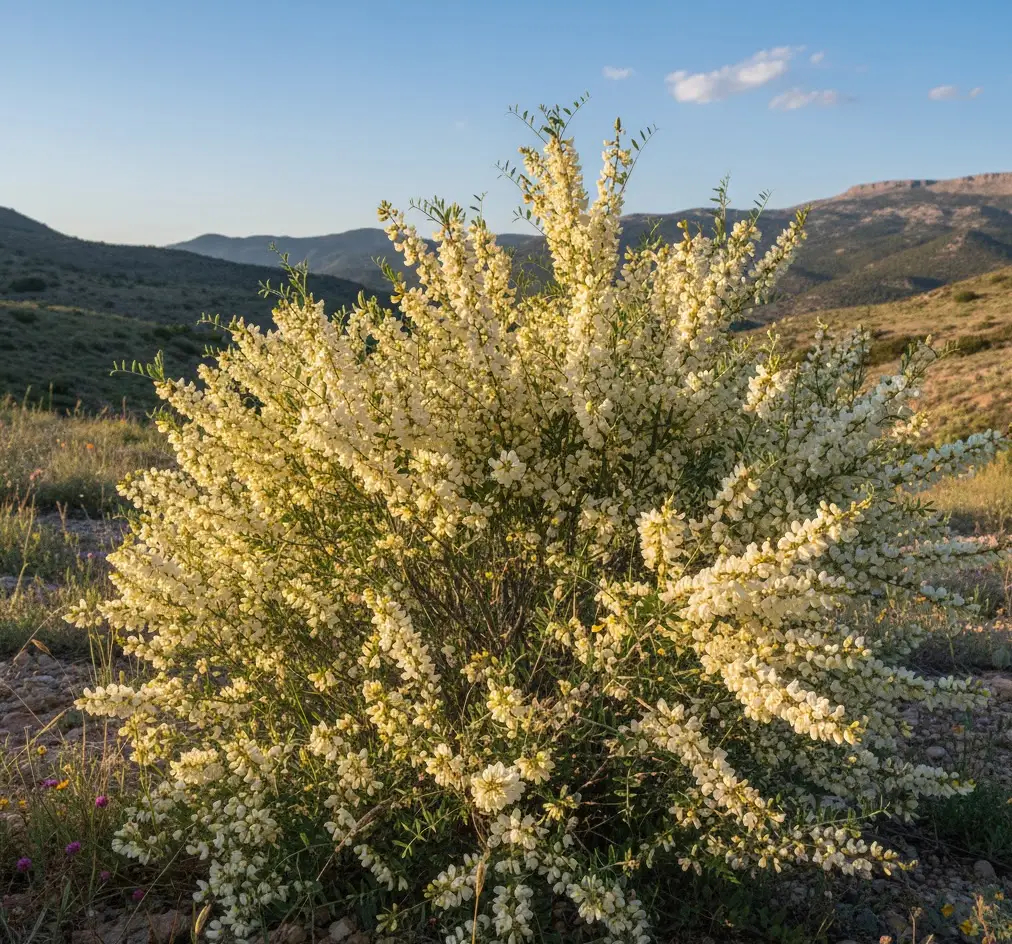Welcome to the world of ракитовица, a plant that beautifully bridges the gap between the simplicity of nature and the richness of culture. For hundreds of years, this delicate beauty has been rooted in tradition, fascinating botanists, artists, and wellness enthusiasts alike. But beyond its appearance, this extraordinary plant carries stories of heritage, healing, and harmony that continue to inspire people today.
Let’s journey through its origins, meanings, and uses to discover how this humble plant can bring a touch of serenity and strength into your life.
Origin and History of the ракитовица
The Rakitovitza, which is commonly known as willow herb or fireweed, has been a part of Eastern European landscapes for a very long time. Its history stretches back to ancient times, where it grew abundantly in meadows and along riverbanks, painting the land with shades of soft purple and pink during the warmer months.
To many early communities, ракитовица was a sign of rebirth and resiliency. This plant was often the first to return after particularly harsh winters or forest fires — a living sign that life and hope could always find a way to flourish again.
The medicinal uses of this herb were recorded by ancient herbalists in early texts, with accolades for curing and restoring balance to the body. Well before modern science substantiated its natural health benefits, its leaves, stems, and flowers were collected by people to make infusions and tonics.
Its image appeared in folk art, poetry, and local legends, symbolizing purity, endurance, and the concord of human beings with nature. Even nowadays, elderly people consider this plant a friend for their land and themselves.
Cultural Significance and Symbolism
In many cultures, ракитовица is something more than a plant — it is a symbol of strength and protection. Traditionally, people believed it would protect against bad energies and thus bring luck into houses. During local festivals, villagers would adorn their houses and altars with its branches, welcoming peace and prosperity.
The delicate charm of the lotus flower has inspired many artists, poets, and musicians throughout history. The flower’s soft petals and flexible stems became metaphors for grace under pressure, a reminder that even delicate things can stand strong against adversity.
There are some versions where ракитовица is also associated with community and unity. Families would join together around fields of bloom, sharing food and tales to fortify relationships. It became a natural backdrop for celebrations, love stories, and new beginnings.
Through centuries, rakitovica has remained a quiet and powerful symbol of endurance-a reminder that beauty often rises from some of life’s most challenging moments.
Traditional Uses of the ракитовица
Generations have passed since ракитовица has been valued for both its healing and practical qualities. Leaves and flowers are used by traditional healers in making natural remedies against common ailments.
Herbal teas made with ракитовица were believed to soothe the digestive system, reduce inflammation, and promote overall wellness. Its mild, pleasant flavor made it comforting during the cold seasons. Some used it to soothe coughs or respiratory discomforts, while others applied crushed leaves to minor wounds for its calming effects.
Beyond its contribution to health, ракитовица participated in culinary traditions. In some regions, young shoots were used in salads or soups, adding a touch of freshness and nutrition to daily meals.
With its flexible stems, craftsmen made baskets, wreaths, and rustic decorations from it. Thus, the plant came to be considered a symbol of creativity and self-sufficiency, reminding one that when nature is respected, it can provide everything needed.
Modern Adaptations and Applications
In today’s world, ракитовица inspires innovation and art. Its timeless elegance and inborn benefits have made it popular in fields such as wellness, design, and sustainability.
Health-conscious consumers like ракитовица for its possible detoxifying and soothing effects. The herbal brands have incorporated it into teas, skincare products, and supplements to bring a sense of inner balance and relaxation.
Designers and artists have also rediscovered its charm. From botanical illustrations to eco-friendly fashion prints, ракитовица motifs bring a touch of organic beauty to modern lifestyles.
This plant is the spirit of renewal and regeneration in environmental circles. Because it grows in disturbed soils, it’s often the first plant to restore an ecosystem after fires or floods—a living testament to nature’s healing cycle.
Through these modern uses, ракитовица continues to remind us of the deep connection between tradition and progress; it teaches us to live in harmony with nature.
How to Incorporate ракитовица into Your Life
Bringing ракитовица into your life is a lot easier than you might think. Whether you are attracted by the symbolism, beauty, or natural benefits it provides, there are many ways of enjoying all that this plant offers.
Home Decor: Add an atmosphere of serenity to your space with the help of rakitovica arrangements. Their tender colors can brightly decorate any room and create a warm atmosphere.
Wellness Routine: Try herbal teas made with ракитовица leaves. They are soothing, caffeine-free, and a great way to relax after a long day.
DIY Crafts: Use its stems and flowers in handmade wreaths or pressed flower art for a personal and earthy touch.
Mindfulness Activity: Grow ракитовица in your garden or on your balcony. It is a beauty to watch it bloom, reminding one to be patient, connected with the earth, and grounded.
With every small step, some of that resilience and beauty can be brought into one’s day-to-day life.
Conclusion: The Power and Grace of ракитовица
The story of ракитовица is one of endurance, balance, and timeless beauty. From the ancient rituals to modern innovations, this plant continues to inspire people across generations. It is a living symbol of nature’s wisdom, reminding us that strength often conceals itself within the simplest of forms.
Whether cherished for their healing properties, inspiring artistic works, or cultural significance, ракитовица carries an important lesson: when we live in harmony with the earth, we not only preserve our traditions but also nurture our future.
In every leaf and blossom of ракитовица, there is something to be told — of survival and of connection, of quiet strength. Embracing it means embracing the best of both worlds: the calm of nature and the strength of heritage.
FAQs
Q1: What is ракитовица?
Ракитовица is a traditional Eastern European plant, often known as willow herb or fireweed, valued for its beauty, symbolism, and healing properties.
Q2: What are the health benefits of ракитовица?
It’s known to help with digestion, inflammation, and general well-being when used in herbal teas or natural remedies.
Q3: Can I grow ракитовица at home?
Yes, it grows well in moderate climates with plenty of sunlight. It’s low maintenance and ideal for gardens or balconies.
Q4: How is ракитовица used in modern life?
It’s used in wellness products, herbal teas, natural skincare, and eco-friendly designs — blending tradition with modern living.
For more engaging content and the latest updates, follow Bunk knot for insightful articles and fresh perspectives!
Also follow: mastodon.social/@bunkknot


